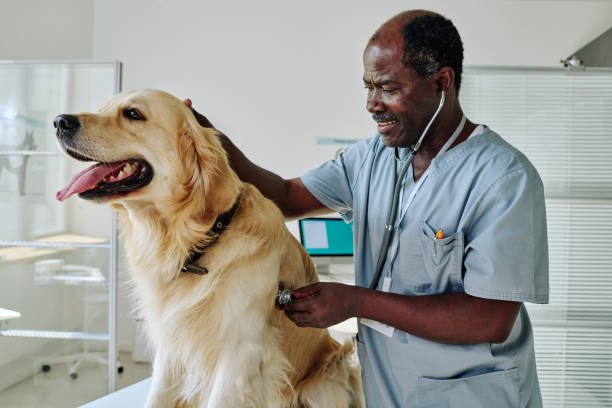Introduction:
Feeding your dog the right food is one of the most important ways you can ensure their health, happiness, and longevity. But with so many options out there—from kibble and raw diets to homemade meals—how do you know what’s best for your furry friend? At PetPatch, we’re dedicated to helping you understand the essentials of dog nutrition so you can make informed choices that nourish your pet’s body and soul.
In this comprehensive guide, we’ll cover everything you need to know about dog nutrition: the key nutrients your dog needs, types of dog food, portion control, common dietary problems, and how to read pet food labels like a pro.
Introduction
Feeding your dog the right food is one of the most important ways you can ensure their health, happiness, and longevity. But with so many options out there—from dry kibble and raw diets to homemade meals—how do you know what’s best for your furry friend?
At PetPatch, we understand that your dog is family. That’s why we’re committed to helping you navigate the complex world of canine nutrition so you can make the best decisions tailored to your pup’s unique needs.
In this ultimate guide, we’ll explore the fundamentals of dog nutrition, break down the pros and cons of different types of food, explain how to portion meals correctly, and help you spot common nutritional problems early. Ready to become a nutrition pro for your pup? Let’s dive in!
1. Understanding Dog Nutritional Needs
Dogs, like all living beings, require a balanced diet packed with essential nutrients to thrive. Their nutritional needs depend on their breed, age, weight, activity level, and health status.
Macronutrients: The Building Blocks
- Proteins: Critical for muscle repair, growth, and immune health. Dogs need quality protein sources like chicken, beef, fish, or lamb.
- Fats: Concentrated energy sources and vital for healthy skin, coat, and brain function. Omega-3 and Omega-6 fatty acids are especially important.
- Carbohydrates: Provide energy and fiber to support digestion. Sources include grains, vegetables, and fruits. While dogs don’t have a strict carbohydrate requirement, carbs are useful for sustained energy.
Vitamins and Minerals
Just like humans, dogs need vitamins (A, B-complex, C, D, E, and K) and minerals (calcium, phosphorus, potassium, zinc, etc.) for bone health, blood clotting, and metabolic functions. These usually come from a varied diet or supplements if needed.
Water: The Overlooked Essential
Water is crucial for digestion, temperature regulation, and waste removal. Always provide fresh water, especially if feeding dry food or during hot weather.
Life Stage and Breed Considerations
- Puppies need nutrient-dense food to fuel rapid growth.
- Adult dogs require balanced maintenance diets.
- Seniors may benefit from diets lower in calories but rich in joint-supporting nutrients.
- Active breeds or working dogs may need extra calories and protein.
- Smaller breeds tend to have faster metabolisms than larger ones.
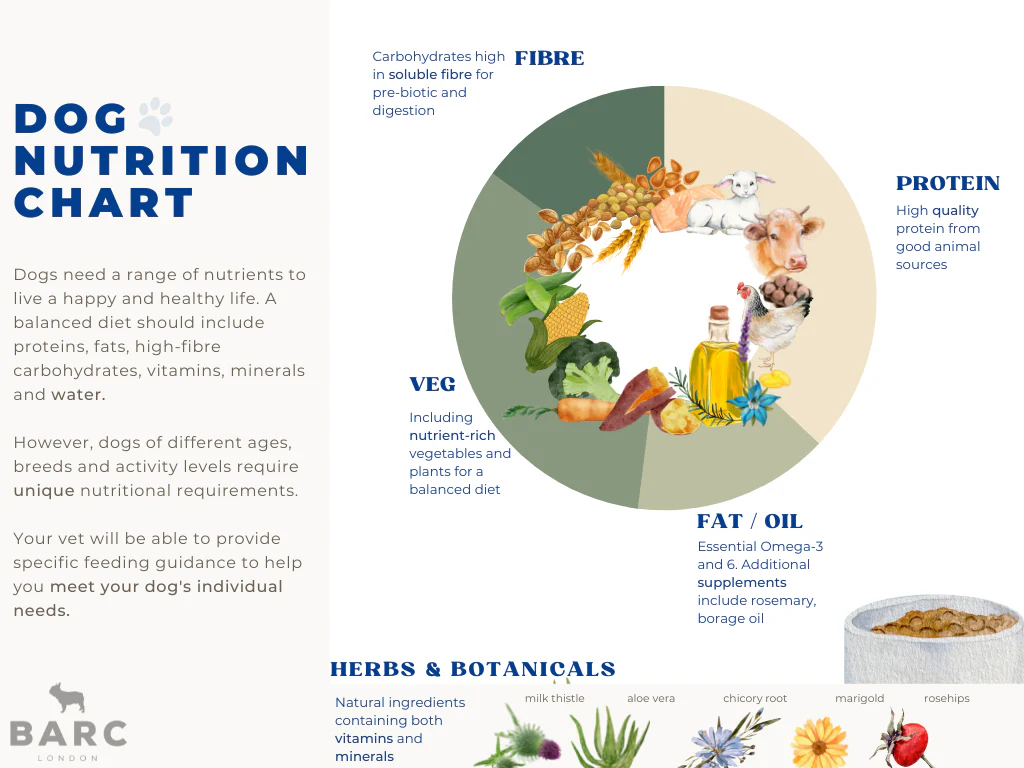
2. Types of Dog Food: Pros and Cons
Choosing the right type of food can be overwhelming. Here’s a breakdown of the most popular options:
Dry Kibble
- Pros: Convenient, long shelf life, cost-effective, good for dental health due to crunchiness.
- Cons: Some lower-quality brands use fillers; can be less palatable to picky eaters.
Wet or Canned Food
- Pros: Higher moisture content, often tastier and easier to chew.
- Cons: More expensive, shorter shelf life after opening, can cause dental issues if fed exclusively.
Raw Food Diets
- Pros: Closest to a dog’s natural diet; can improve coat quality and energy.
- Cons: Requires careful handling to avoid bacteria; nutritional imbalances if not well formulated.
Homemade Meals
- Pros: Full control over ingredients; can cater to allergies or sensitivities.
- Cons: Time-consuming; risk of missing key nutrients without proper recipe guidance.
Commercial Holistic or Natural Options
These emphasize high-quality, natural ingredients with fewer additives. Always verify brand credibility.
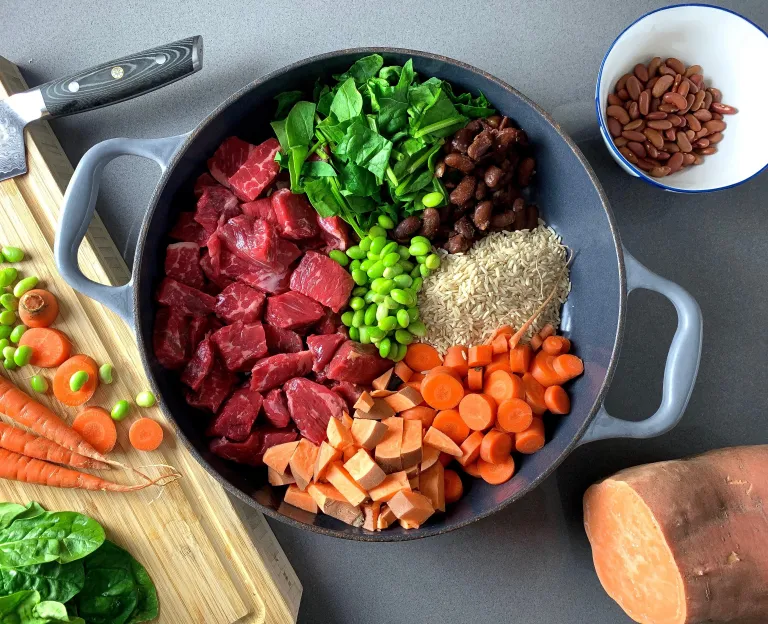
3. Portion Control and Feeding Schedule
How Much to Feed
Feeding amounts vary widely based on your dog’s weight, age, and activity. Overfeeding can lead to obesity, a major health risk.
Here’s a general guideline:
| Dog Weight | Daily Food Amount (Dry Kibble) |
|---|---|
| Up to 10 lbs | ¼ to ½ cup |
| 10-25 lbs | ½ to 1 cup |
| 25-50 lbs | 1 to 2 cups |
| 50-75 lbs | 2 to 3 cups |
| 75+ lbs | 3+ cups |
Always check your specific brand’s recommendations and consult your vet.
Feeding Frequency
- Puppies usually eat 3-4 times per day.
- Adult dogs thrive on 2 meals per day.
- Senior dogs may need smaller, more frequent meals.
Using Treats Wisely
Treats should not exceed 10% of your dog’s daily caloric intake. Use them primarily for training and rewarding good behavior.
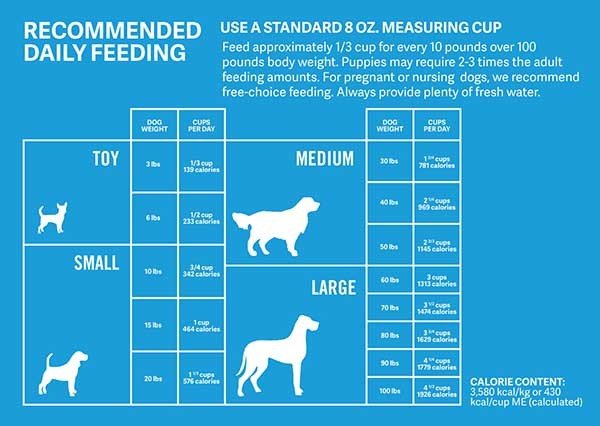
4. Common Nutritional Issues and How to Spot Them
Food Allergies and Sensitivities
Symptoms include itching, ear infections, gastrointestinal upset, or chronic licking. Common allergens: beef, dairy, wheat, and chicken.
Obesity and Weight Management
Overweight dogs risk diabetes, joint problems, and heart disease. Maintain a balanced diet and regular exercise.
Nutritional Deficiencies
Look out for dull coats, lethargy, poor appetite, or changes in stool consistency.
When to See a Vet
If you notice persistent symptoms or your dog has special dietary needs, consult your veterinarian immediately.
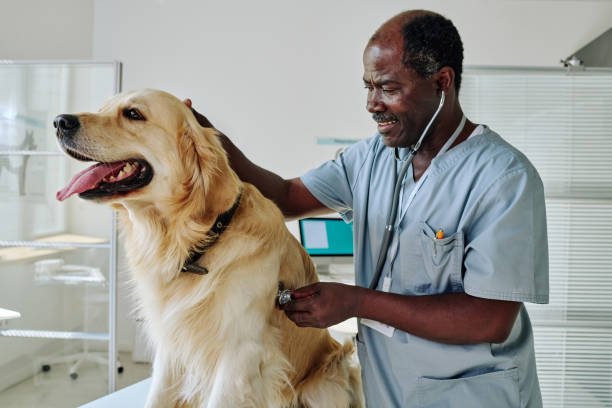
5. Reading Pet Food Labels Like a Pro
Labels can be confusing but are essential to understand.
- Ingredients list: The first few ingredients are the most abundant. Look for named meats (chicken, beef) rather than “meat by-products.”
- Guaranteed analysis: Shows percentages of protein, fat, fiber, and moisture.
- AAFCO statement: Means the food meets nutritional standards for a specific life stage.
- Marketing terms: Words like “natural,” “organic,” or “holistic” are not regulated—always read the ingredient list.
Avoid foods with excessive fillers, artificial colors, or preservatives.
Conclusion
Proper nutrition is the foundation of a healthy, happy dog. Understanding their dietary needs, choosing quality food, feeding appropriate portions, and monitoring their health will help your furry friend thrive through every life stage.
If you ever feel unsure, PetPatch is here to guide you—and so is your trusted veterinarian. Because when it comes to your dog’s diet, informed choices mean wagging tails and joyful hearts.


